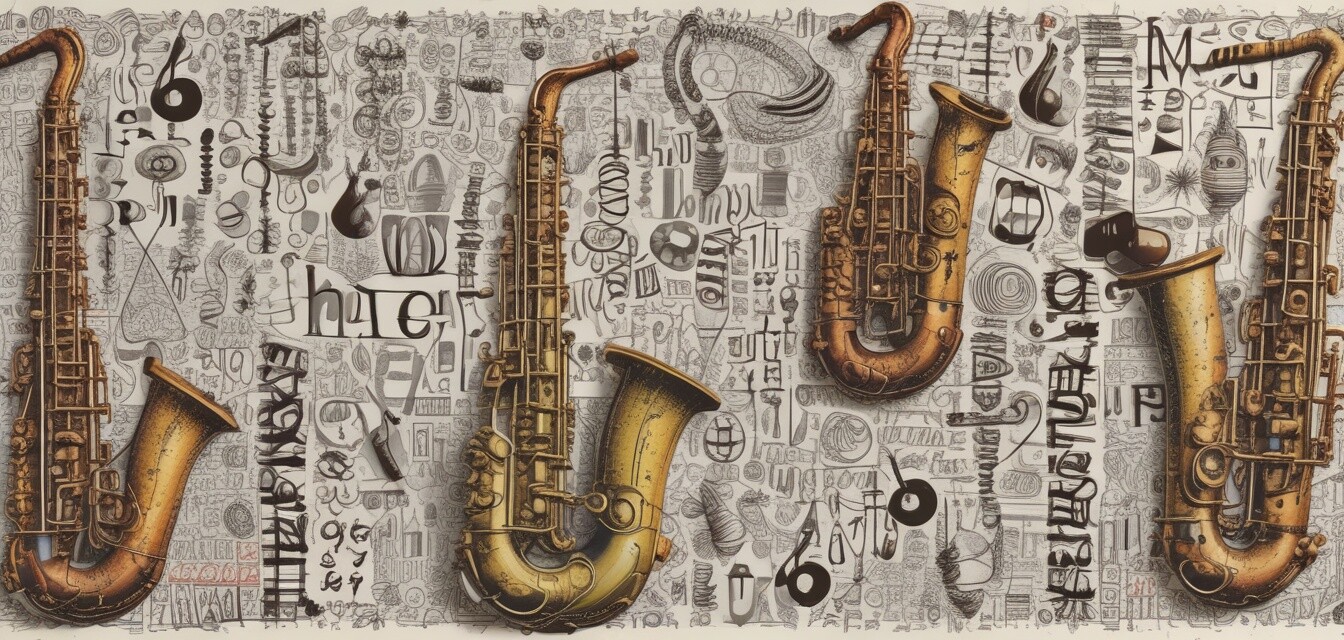
The Importance of Cultural Diversity in Saxophone Music
Key Takeaways
- Cultural diversity enriches saxophone music, bringing new styles and techniques.
- Events and collaborations showcase the intersection of different musical traditions.
- Understanding cultural influences can enhance a musician's creativity and performance.
- Future performances will reflect a blend of global styles, engaging wider audiences.
The world of saxophone music is a rich tapestry woven from diverse cultural influences. As we approach 2025, the significance of cultural diversity in this art form is more prominent than ever. From jazz to classical, the saxophone resonates with a multitude of voices, each contributing to its evolution. This article explores the ways in which various cultures have shaped saxophone music and how this diversity is paving the way for the future of performances and compositions.
The Roots of Cultural Diversity in Saxophone Music
The tenor saxophone, invented in the 1840s, has made its mark across various genres. Its powerful sound and versatility have made it an integral part of many musical traditions worldwide. Let's take a closer look at the cultural roots associated with the saxophone:
| Cultural Influence | Associated Genre | Notable Artists |
|---|---|---|
| Jazz | Improvisation | John Coltrane, Charlie Parker |
| Blues | Emotion & Storytelling | King Curtis, Junior Walker |
| Classical | Structured Compositions | Philippe Pattan, Paul Desmond |
| Funk & Soul | Groove & Rhythm | Maceo Parker, Jerry Hay |
Modern Influences and the Future
As we move towards 2025, the global landscape of saxophone music is expected to evolve even further. Cultural diversity will play a significant role in shaping new compositions and performance styles. Here are several notable trends:
- Cross-Genre Collaborations: Musicians are increasingly blending different genres, from jazz and hip-hop to classical and pop, resulting in innovative sounds that resonate with audiences.
- Global Music Festivals: Events celebrating diversity are becoming more common, allowing saxophonists to showcase a variety of cultural influences on the same stage.
- Educative Initiatives: Online platforms and workshops are educating musicians about different cultural styles, encouraging them to incorporate these influences into their playing.
The Impact of Technology
Technology has provided artists with new tools that enable them to explore cultural diversity like never before. From digital recording software to social media, musicians can easily share their work, collaborate with others, and reach international audiences. This aspect of technology fosters a sense of community among saxophonists worldwide.
Cultural Diversity in Music Education
Incorporating diverse cultural perspectives into music education is crucial for developing well-rounded musicians. Understanding different techniques and styles not only enhances a player's skills but also promotes empathy and appreciation for other cultures.
Steps to Embrace Cultural Diversity in Education
- Integrating world music into curricula.
- Inviting guest instructors from various musical backgrounds.
- Encouraging students to explore non-Western music traditions.
Conclusion
The importance of cultural diversity in saxophone music cannot be overstated. As we look to the future, embracing different cultural influences will undoubtedly enrich performances and compositions. Whether you are a seasoned player or just starting your saxophone journey, understanding these cultural aspects will provide you with a deeper connection to the music and the global community it represents.
Pros
- Enriches musical expression and creativity.
- Encourages collaboration among musicians from diverse backgrounds.
- Broadens audience reach and engagement.
Cons
- Potential cultural appropriation if not handled respectfully.
- Challenges in blending vastly different styles seamlessly.
- Maintaining authenticity amidst commercialization.
To explore more about the latest trends in saxophone performances, check our News and Trends category.
If you are interested in improving your playing techniques, visit our guides on Buying Guides for valuable resources.
Join our community to learn and share your saxophone journey with others who share your passion for this instrument.